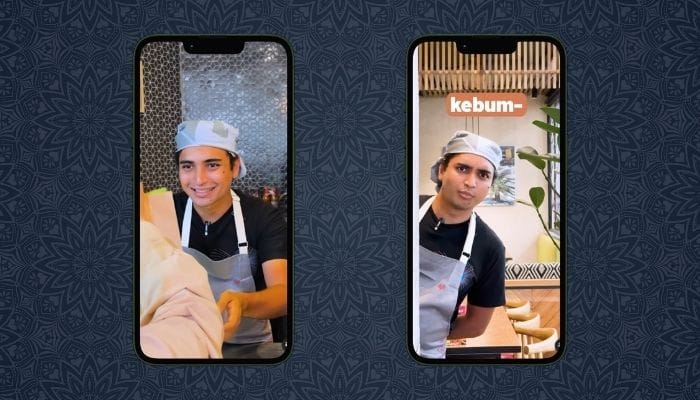Kuala Lumpur, Malaysia – Nando’s Malaysia and Singapore, in partnership with Mediabrands Content Studio (MBCS), have launched a social-led campaign for the month of Ramadan.
Titled ‘Nando’s Pick-Up Line’, the campaign leverages the cultural phenomenon of playful pick-up lines prevalent in Malaysia and Singapore during the holy month, transforming the double meaning of ‘pick-up line’ – being both a flirtatious remark and the convenience of pre-ordering – into a fun and engaging marketing strategy.
The campaign features weekly videos showcasing light-hearted “pick-up line battles”, with cheeky depictions of typical flirtatious exchanges that unexpectedly culminate with Nando’s Pick-Up service emerging as the ultimate winner, highlighting its convenience and efficiency.
In addition, a contest in the search for the hottest and juiciest Raya pick-up lines will run between 20 – 27 March in Malaysia and Singapore, and winners will stand a chance to win a Nando’s Family Platter for 4.
Shariar Ab Ghafar, creative director of MBCS said, “Ramadan presents significant opportunities for brands to truly understand the real cultural nuances behind the scenes. In Singapore and Malaysia for example, playful pick-up lines have become a cultural staple during Ramadan, filling social feeds as a fun way to pass the time before iftar.
The team thought, what if we took the double meaning of a ‘pick-up line’ and turned it into a campaign? At once a smooth-talking flirt and the convenience of ordering ahead. After all, some pick-up lines work, and some don’t. But one line works every time – a Nando’s Pick-Up. Nando’s has always been in this space of playfulness and the team has enjoyed having some fun with this campaign. After all, who doesn’t love a good pick up?”


